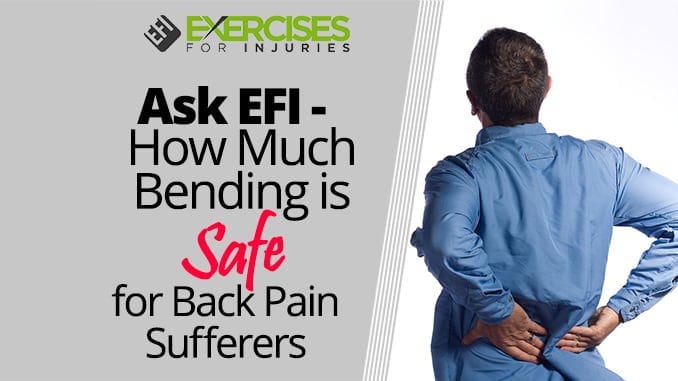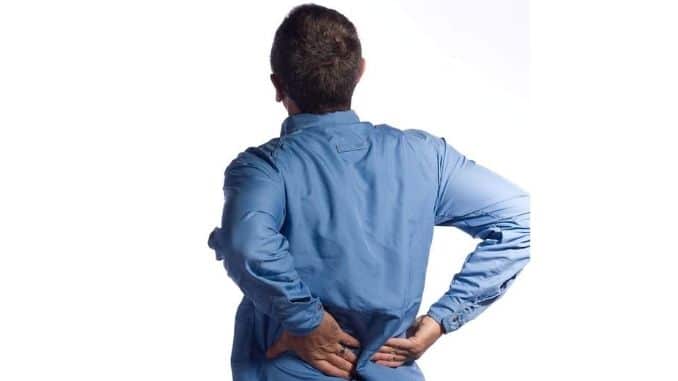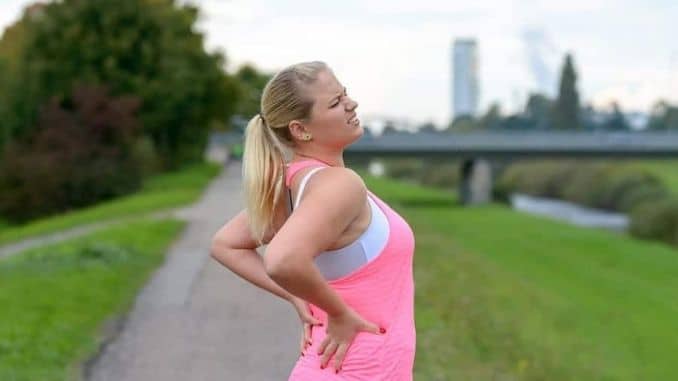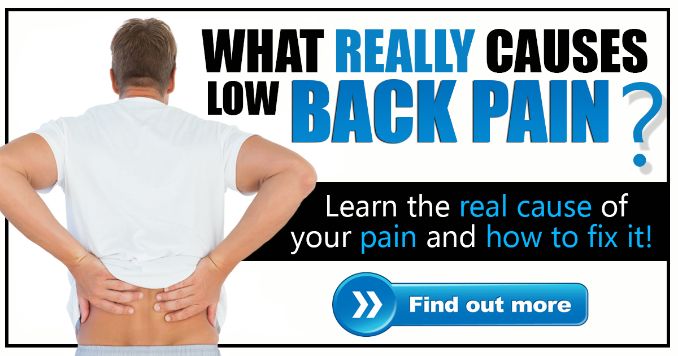
Question:
My question relates to lower back pain and safe bending for back pain. Rick Kaselj has said that too much bending of the lower back can create a lot of stress and overstretches the ligaments causing strain of the lower back.
However, there is another school of thought, like what occurs in Pilates. The only way discs can get the nutrition they need so they don’t dry out and get thinner is by dynamic loading and releasing of the spine. Like curl-ups and everyday safe bending and stretching activities for back pain. They say this also stimulates the metabolic activity of the discs.
What are your thoughts on this?
Answer:
Here, we are referring to excessive bending of the spine done with poor body mechanics. Examples of these repetitive motions are lifting heavy objects, twisting, carrying heavy loads, overdoing strenuous activities. Also, poor posture during prolonged sitting or standing, and so on. When doing these activities. It is important to perform the correct body mechanics, engage the core, and rest when needed. Instead of bending safe bending for back pain when picking up objects from the floor. It is much safer to squat and use the large muscles of the legs to pick up the object.
In Pilates, the core exercises and the stretching activities of the spine are completely fine. They are done in the correct form, core muscles are engaged at all times. The safe bending and straightening of the spine for back pain are meant to mobilize it and not to load it. In fact. The core muscles, which are the muscles directly attached to the spine and function to stabilize it during high-impact activities. These are the ones being strengthened in Pilates.
The exercises in Pilates can help prevent back pain as core strengthening is vital in keeping the back healthy.
Rick’s exercises, on the other hand, are designed for people who are already suffering from back pain. So, a program of stretching and strengthening is also included.
Safe vs. Unsafe Bending
For many of us, back pain can be a scary occurrence. We don’t want to overstress the back. So it is understandable that one of our members came to us . They asking whether safe bending for back pain should bend the back at any point. During the recovery and rehabilitation of lower back pain.
Many people are reluctant to perform too much movement when suffering from back pain. Especially lower back pain — because of the fear of pain or re-injury. While the back is a delicate area. We need to be cautious when exercising it (especially after an initial injury or onset of pain). We’re going to discuss when movement is appropriate and how we should approach these issues.
Types of Back Pain
The back is a common area for pain because it is the junction of many competing muscles. It is required to bend, rotate and lever at the hips. As well as being composed of numerous vertebrae rather than a single joint. When we add to this that the muscles and bones protect the spinal cord. It is clear that we need to be careful with our backs. While it is possible to build a significant amount of muscle in these areas to prevent such problems. The majority of us don’t do so, and poor posture is often the result. The main stabilizers we need to develop are the glutes (which stabilize the lower back). The spinal erectors (which are responsible for straightening the spine). The muscles of “the core” (which both safe bending for back pain and rotate the spine).
Consideration
The initial consideration when deciding how to exercise the back safely is. Identifying the kind of pain that we are experiencing and how long it has persisted. There are big differences between acute and chronic injuries, and we need to approach them differently. If the experience of back pain is the result of a specific injury such as a tear or strain. Then immobilizing the hips and spine can have immediate benefits. We need to give the muscles and connective tissues time to recover and repair themselves. During this period. We generally suggest a reduction in any movement of the back as it is vulnerable to further injury.
However, when we are dealing with undiagnosed or chronic back pain. This approach needs to be adjusted to reflect the different recovery needs. This can include late-stage recovery of an injury like a tear, which may persist as an aching or stretching pain. During this period, our main concern is to return to proper function. The things that we all take for granted such as safe bending over. Twisting through the hips, or simply moving without pain. During this period. It is important to rehabilitate them back into functional patterns and movements. If we immobilize during this stage, we are likely to weaken the muscles and connective tissues that support the back. Ironically, immobilizing for too long can cause the back to become stiff. Contributing to long-term back pain and the unpleasant cycle of immobilization. Re-injury can last for years if we don’t address the cause.
How soon is too soon? How much is too much?
The first question we need to ask is how soon is too soon? We want to begin to return to movement as soon as it is not dangerous to do so. The human body is not designed to be immobilized for extended periods of time. We should begin to perform rehabilitation when the risk of acute re-injury secedes. This will depend on the injury itself. We recommend consulting your medical professional if your back pain is the result of a serious injury. For those with undiagnosed or chronic back pain. We can generally return to movement as soon as it is obvious that rest and immobilization. In which are not improving your condition and quality of life.
Once we have begun to move again, the obvious concern is how much movement we should perform and at what rate we should progress. The answer to the latter is simple. We should progress our movement along a defined path at the rate at which our back will allow. Back pain has diverse causes, and we cannot provide a cure-all prescription of when you should move to loaded movements. For some cases, this is never going to be possible or beneficial. The general rehabilitation approach we need to follow has defined steps and the return to general function is the first goal. So it is in this context that we will consider movement.
Early Stages: Days to Weeks
In the early phases of injury, “too much movement” is anything that destabilizes or loads the spine. As well as anything that requires excessive bending or twisting. By excessive, we mean “causes pain,” as this is generally a warning that you’re over-exerting an injured tissue. As many back injuries stem from these types of movement (especially in combination – bending and twisting). It is unwise to perform any of these while they cause pain.
The main focus during this time should not only be immobilization. However, but a focus should be placed on decompression and unloading of the spine. This means that, of course. We should be resting our backs and avoiding strenuous activity. But it also means that we ought to be spending some time actively reducing the stress and pressure that the back must endure. The back is loaded in some sense during our regular da. The weight of our body and the mechanics of our posture affect the direction and intensity of forces acting on the spine. Resting with the legs elevated is just one example of active decompression of the spine. This type of activity should be used to lay the groundwork for future rehabilitation and strengthening exercises.
Rehab and Strengthening
After a few days/weeks, or in the case of chronic pain, we should begin with functional unweighted movements. This will generally present as a mixture of flexibility and strengthening exercises – the spine is the center of the human body and has various, conflicting demands placed upon it by many muscles. These muscles operate in pairs that tend to pull in opposite directions (antagonistic pairs) and when one is too tight, the other is likely too weak or long. These early movements should focus on gentle stretching (as in yoga) and strengthening (as in Pilates).
Benefits of Yoga and Pilates for Back Health
There are numerous benefits to the health and well-being of the back and other joints in the use and practice of yoga and Pilates.
1. Core Strength and Muscular Balance
Firstly, these forms of exercise focus on improved mobility and the strengthening of the core – loosely defined as any of the muscles that stabilize the spine and the hips. By reducing the excessive tightness of certain muscles, we can improve muscular balance (evening out the demands of antagonistic pairs). Strengthening the core is also essential for proper health, reduction of back pain, and improved posture. The core is responsible for spinal stability and proper movement of the trunk, but these muscles are “switched off” by a sedentary lifestyle or poor posture. Yoga and Pilates, especially in combination, will strengthen them and contribute to improving posture and back health.
2. Active Decompression
Secondly, there are active decompression components to both styles of exercise: compression of the spine is one of the most common and problematic causes of back pain, resulting in the bulging, rupture, or herniation of discs. These commonly cause sciatica – a shooting pain that radiates up and down the lower body. By using exercises and poses that lengthen the spine rather than shortening it, we can reduce the pressure on the discs and the associated risks of serious injury, back pain, and nerve pain. The cat stretch and downward dogs are stapled yoga poses and both aim to lengthen the spine, preserving the health of the spine.
3. Day-to-Day Movement
Finally, one of the most underrated benefits of these forms of exercise is teaching us the proper ‘form’ or technique associated with effective day-to-day movement. This means that the conscious, active movements that yoga and Pilates have us perform will have a direct carryover to the regular movements of our everyday life. For those who are prone to pain when rotating and bending through the torso, yoga and Pilates will not only strengthen the muscles and prevent such injuries but teach us how to bend and rotate effectively with an active core, thereby reducing the chances of jerky movements. Learning to move is something that we should all invest time in, and these styles of exercise teach us this in a gentle and un-loaded fashion.
Returning to Activity After Back Pain
We expect that, for many of us, back pain can be solved and overcome in the relatively short term, with a total return to regular activity being possible for all but the most severe cases. One of the things that we are adamant about is that, upon recovering from back pain, we should learn from the experience and invest time in the prevention of future injuries.
The best way to achieve this is to strengthen the stabilizers of the spine and continue to work towards a safer and more controlled pattern of movement for bending, twisting, and loading the spine. This may be assigned by a physical therapist, but it is each individual’s responsibility to their own health to be pro-active in the maintenance of proper flexibility, strengthening, and effective movement.
Our recommendation is to continue to improve the strength of the muscles of the core, back, and hips above and beyond merely “healthy” levels. Having strong muscles around vulnerable joints is never a bad thing and a mild program of exercise and core work will provide huge benefits to longevity and the reduction of chronic back pain in advanced age. This exercise should focus on movement in all planes – this means lots of sideways movement (lateral plane), transverse plane (rotation), and unilateral (or asymmetrical) movements. When performed with concern for technique and core engagement, these will strengthen the body in the positions where it is most at risk of injury. The increased muscle mass in the area will also prevent the effects of muscle wastage associated with aging (sarcopenia) and the risk that it poses for falls and fractures.
Final Thoughts
There is no hard and fast “yes” or “no” in the treatment of back pain – we need to be sensitive to when and how we injured the spine, as well as how the pain manifests during movement. With that said, it is beneficial to be active in the recovery and rehabilitation of the spine. In the early stages, we want to immobilize and rest the spine, focusing on decompression and unloading. After this, however, it is essential to begin moving effectively. We recommend unweighted, controlled, and functional movements – of which yoga and Pilates are two examples – for three basic reasons:
- With these movements, we are only loaded with internal resistance (bodyweight)
- These movements actively focus on lengthening and decompressing the spine
- These movements teach us to move with control, using the core and stabilizer muscles
This is where the main focus of exercise for injury is placed: return to health and function. Beyond this point, however, we recommend focusing on the continual improvement of flexibility and strength to prevent further injury. These should also focus on the concerns raised in yoga and Pilates: use of the core and stabilizers, movement in various planes, and practicing safe, effective movement.
If you want to learn how to get rid of your low back discomfort permanently, then check out the Low Back Pain Solved program, here!




